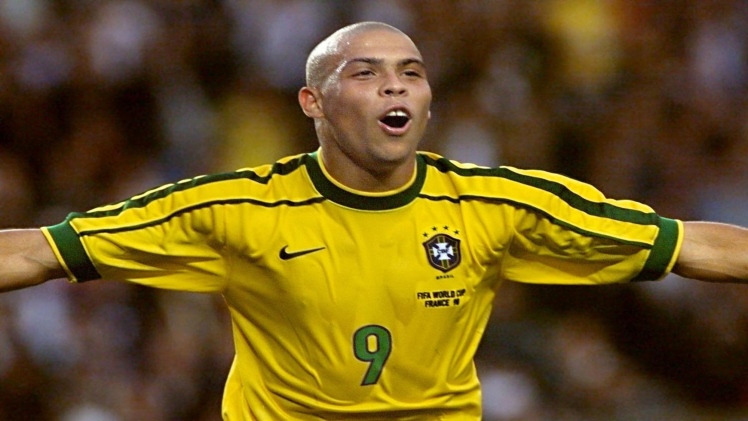Ronaldinho is a Brazilian football great and one of the most iconic players in the history of the game Celebrity age. He is widely regarded as one of the top players of his generation, and his career highlights are many. Ronaldinho began his career in 1998 at Gremio, a Brazilian club, where he scored 23 goals in just 49 matches masstamilanfree. His performances drew the attention of the footballing world, and in 2001 he moved to Europe to join the legendary FC Barcelona. Here he enjoyed great success, helping the team to win two La Liga titles and a UEFA Champions League title, as well as numerous individual accolades. He was twice named FIFA World Player of the Year, and won the Ballon d’Or in 2005, becoming the first player from South America to do so. He was also named in the FIFPro World XI four times, an honor only bestowed on the best players in the world mallumusic. Ronaldinho’s style of play was characterized by his trickery and skill, as well as his penchant for the spectacular. His passing and dribbling were second to none, and he had the ability to create something out of nothing. His famous flip-flap move, where he would fling the ball up with his right foot and then flick it up over his head before volleying it back with his left, was one of his most famous trademarks. During his career, Ronaldinho also represented Brazil at two World Cups, winning the tournament in
1. His performances in the tournament earned him the Golden Ball award, which is given to the best player of the tournament newshunttimes. In all, Ronaldinho went on to play for a number of teams across Europe and South America, ending his career at Fluminense in
2. He retired with a host of records, awards and honors to his name, and his legacy as one of the greatest players of his generation is undeniable.Brazilian football is one of the most popular sports in the world, and it owes much of its success to one of its most influential players: Zico. Born Arthur Antunes Coimbra, Zico was a Brazilian footballer who played as an attacking midfielder for clubs such as Flamengo, Udinese, and Kashima Antlers. He is widely considered to be one of the best players of all time and his influence on Brazilian football is undeniable timesweb. Although Zico was never able to win the World Cup, he was an integral part of Brazil’s 1982 and 1986 World Cup teams and his skills were integral to Brazil’s success. He was known for his precise passing and skillful dribbling, and he was a prolific goal scorer, scoring 483 goals in 772 games. He is also credited with introducing the concept of the free kick to Brazilian football. Zico was known for his technical ability, but he was also an inspirational leader, who was one of the first Brazilian players to become a global superstar newmags. He inspired a generation of footballers and was a role model for many of the great players of the modern era. His influence can be seen in the way that Brazilian football is played today. In addition to his playing career, Zico has also had an impact on the coaching side of the game. He has managed several Brazilian football clubs, including Fenerbahçe and Corinthians, and is credited with introducing a more attacking style of play to the Brazilian game. His influence has also extended to the international level, where he managed the Japan national team between 2002 and
1. Zico’s influence on Brazilian football cannot be overstated alltimesmagazine. His skill and leadership have been a major factor in the country’s success and his technical ability and tactical nous have helped shape the way the game is played today. He is a true legend of Brazilian football and his legacy will live on for many years to come.doithuong


